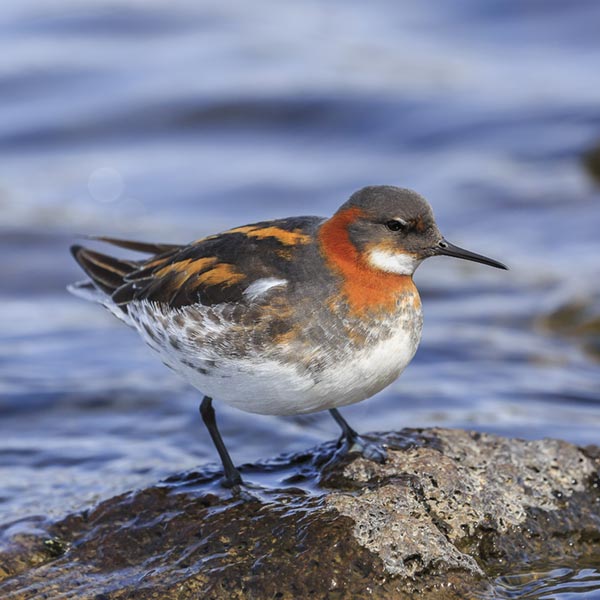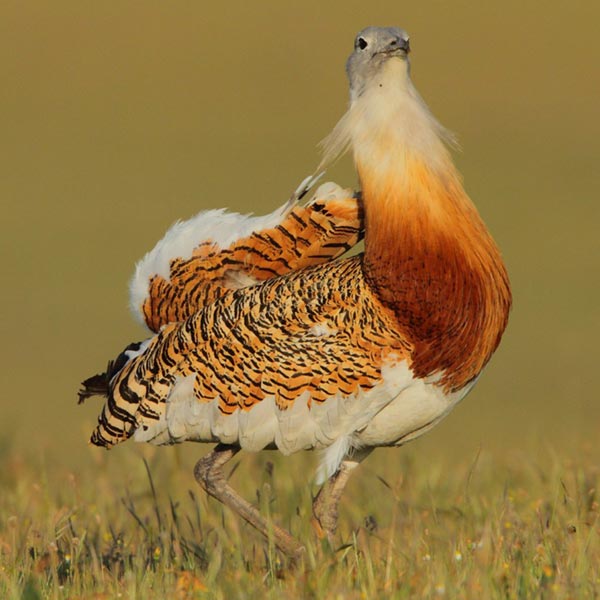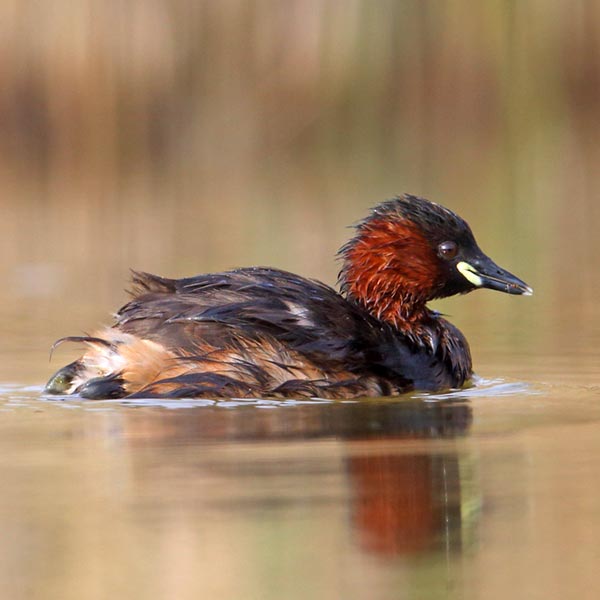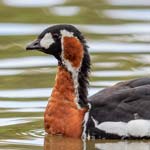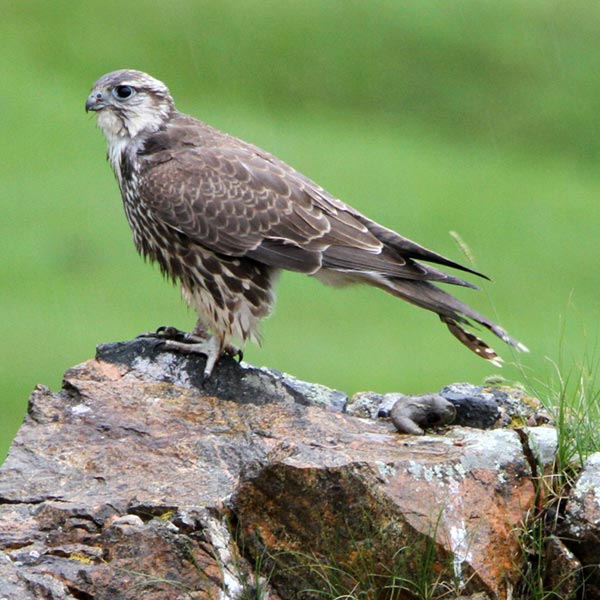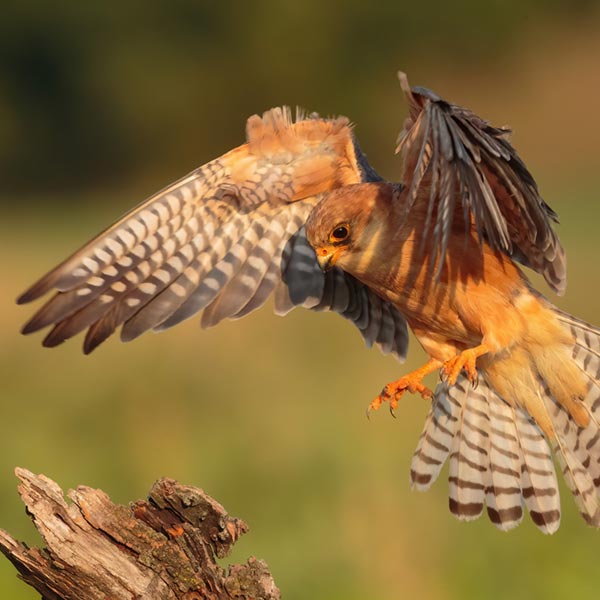Aranzadi Ringing Scheme
The Aranzadi Ringing Scheme acknowledges the contribution of all people and entities who, since 1949, have reported the ring-recovery data that, from the side of our ringing scheme, now make the European Atlas of Bird Migration possible. During the last decades, the Aranzadi Ringing Scheme receives substantial financial support from the Basque Government, Gipuzkoa Deputation, Alava Deputation.
Contact the scheme:
